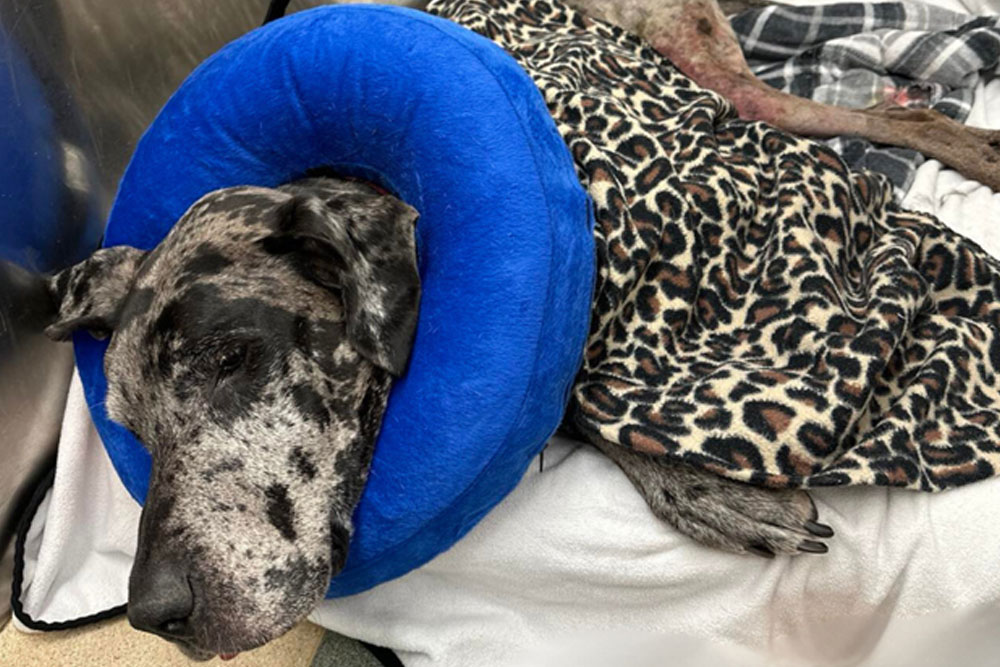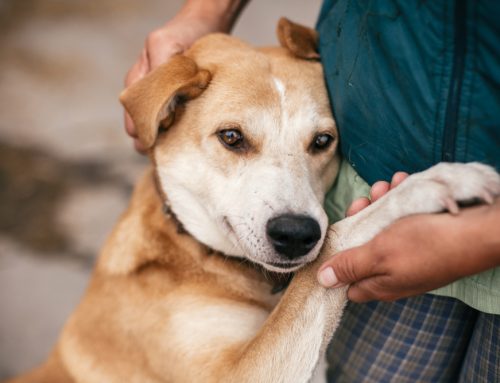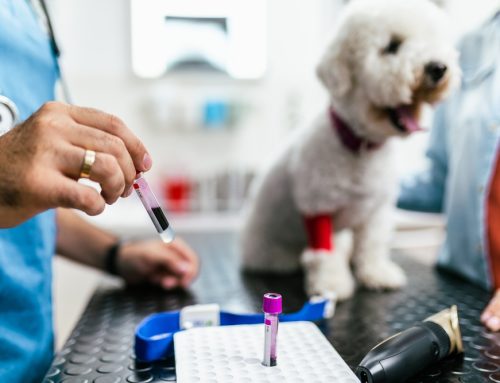When our furry friends are in pain, it’s only natural to want to help them in any way we can. One common issue that many dogs face is a torn cruciate ligament, similar to an ACL injury in humans. If your dog has been diagnosed with this problem, you might have heard about TPLO surgery. But what exactly is it, and how can it help your pet? Let’s break it down in simple terms.
What is TPLO Surgery?
TPLO stands for Tibial Plateau Leveling Osteotomy. It’s a type of surgery designed to treat a torn cranial cruciate ligament (CCL) in a dog’s knee. The CCL is crucial for stabilizing the knee joint, and when it’s torn, it can cause a lot of pain and difficulty in walking.
Why is TPLO Needed?
When a dog’s CCL is torn, the knee becomes unstable. This instability can lead to pain, swelling, and arthritis over time. Traditional methods like rest and medication might help temporarily, but they don’t address the underlying problem. TPLO surgery addresses the root cause of the instability, providing a more permanent solution.
How Does TPLO Surgery Work?
In simple terms, TPLO surgery changes the angle of the top of the tibia (the bone below the knee) to reduce the steep angle of the canine knee. Here’s a step-by-step overview:
- Preparation : Your dog is placed under anesthesia to ensure they don’t feel any pain during the surgery.
- Incision : The surgeon makes an incision to access the knee joint.over the inside of the knee to access the knee joint and top half of the tibia (shin) bone.
- Bone Cut and Rotation : A precise cut is made in the tibia, and the bone is rotated to change its angle.
- Plate and Screws : The new position of the bone is secured with a metal plate and screws.
- Closure : The incision is closed with sutures or staples.
Recovery and Aftercare
After TPLO surgery, your dog will need some time to heal. Here’s what to expect during the recovery period:
- Rest : For the first eight weeks, it’s crucial to limit your dog’s activity to prevent any stress on the healing knee. This might mean keeping them in a crate or a small room and keeping the pet on a short leash when taking out on potty breaks.
- Follow-Up Visits : Your vet will schedule follow-up visits to monitor your dog’s progress and remove stitches or staples.
- Gradual Exercise : As your dog heals, your vet will recommend a gradual increase in exercise. This often starts with short, controlled leash walks.
- Physical Therapy : Some dogs benefit from physical therapy to regain strength and flexibility in the knee.
Benefits of TPLO Surgery
The main benefit of TPLO surgery is that it can significantly improve your dog’s quality of life. Many dogs return to their normal activities without pain or limping. Here are a few key advantages:
- Pain Relief : By stabilizing the knee, TPLO surgery reduces pain and discomfort.
- Improved Mobility : Your dog can walk, run, and play more easily after recovery.
- Long-Term Health : **: Addressing the instability can improve quality of life and slow the progression of arthritis.
Is TPLO Surgery Right for Your Dog?
Deciding on TPLO surgery is a big decision, and it’s important to discuss all options with your vet. They can help determine if this surgery is the best choice based on your dog’s age, size, activity level, and overall health.
Final Thoughts
TPLO surgery is a tried-and-true method for treating a torn CCL in dogs. While the thought of surgery can be daunting, many pet owners find that the benefits far outweigh the risks. With proper care and recovery, your dog can get back to their happy, active self. Always consult with your vet to get the best advice for your pet’s specific needs.
If you have any questions or concerns about TPLO surgery, don’t hesitate to reach out to Marcy Veterinary Clinic. We’re here to help you and your furry friend every step of the way!








Leave A Comment